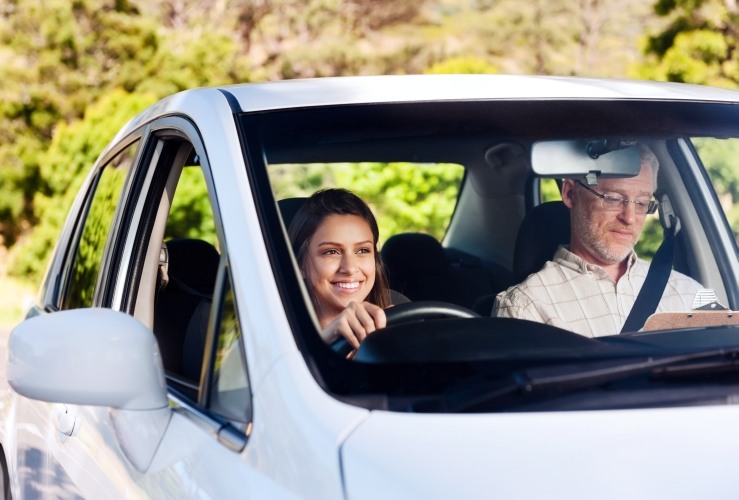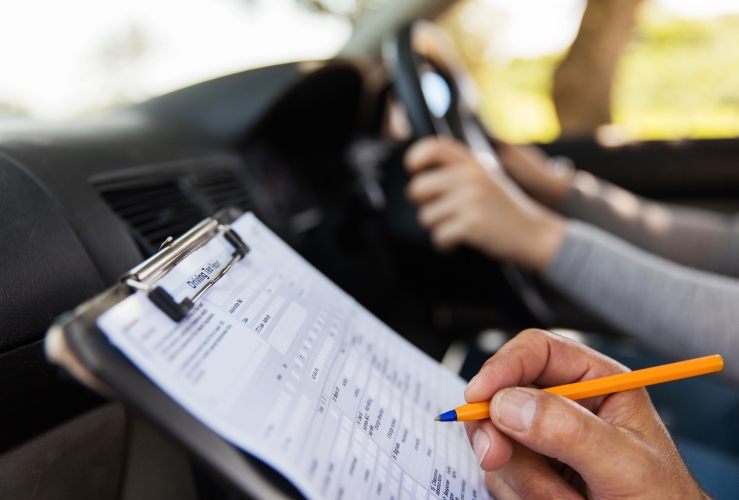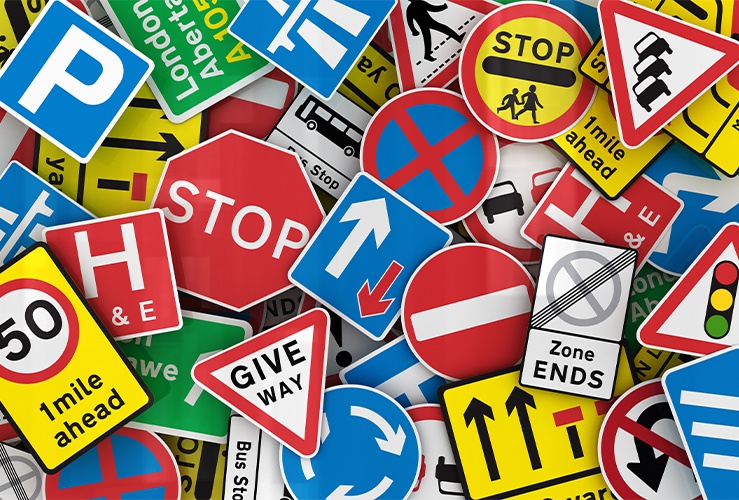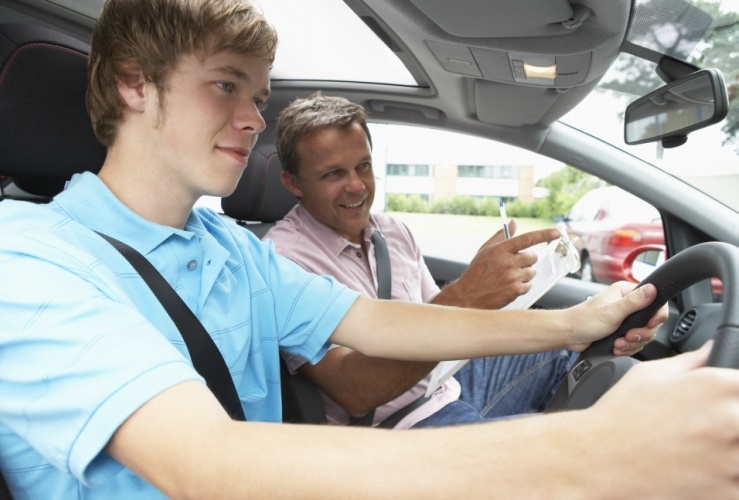All those driving lessons, all that money – and finally, your instructor tells you you're ready to take the practical exam.
But how to pass the driving test?
By the time you’ve been given the green light for the practical, you will have successfully completed the theory and hazard perception exams – and had quite a few lessons on the road.
After all that effort, it’s normal to be nervous about your practical. But remember that if your instructor thinks you are ready to pass – you should have the skills and experience to do so.
Here are some practical driving test tips for passing that all-important test.

You'll take your practical at an official driving test centre, during which your examiner will guide you through an eyesight check, take you through some 'show me tell me' safety questions about your vehicle’s key components.
Finally, you will be given your practical driving assessment, which should take around 40 minutes to complete.
Composed of two parts, the test will first involve you carrying out various manoeuvres under the examiner's direction, followed by the independent driving test, during which you'll be asked to follow a set of directions or to follow road signs.
Eyesight test
Before you begin, you'll need to complete the eyesight test, which involves reading a number plate from a distance of about 20m.
If you wear glasses or contact lenses, ensure you bring them with you on test day!
You'll be given three chances to read a number plate; if you fail all of them, the test is over.
‘Show me, tell me’
For the 'show me' part of the question you'll be asked to do a basic vehicle safety check, while for the 'tell me' part you'll be expected to explain how the safety check is done. E.g. where is the oil filler cap? And how do you check the oil level?
If you fail one or both parts of this test, you'll receive one fault on your test.
UK driving practical: Tips on what to expect
After those nervy precursors, this is it: the final practical.
You'll be told to drive along a certain route which will take in a variety of driving conditions and road types.
Remember what your instructor taught you as best you can. Any errors will be recorded as faults.
The initial part of the test will involve being told to carry out a reverse exercise; i.e. reverse parking, a turn in a road, or reversing around a corner.
An emergency stop may also feature in this part of the exam.
Following on immediately from the first part of the practical is the final independent driving test.
You will be shown a diagram and given a set of instructions to follow – you will then be expected to carry them out by yourself. Note that getting from A to B is not the object here: the aim is to drive safely throughout.
Pass or fail?

You'll be given marks on all areas of your driving. 15 minor faults is fine – but a 16th means a fail. Equally, a single serious fault will mean you have been unsuccessful.
The test will be abandoned if at any time the examiner thinks you are a danger to other road users.
Tips for passing driving test
Don’t rush the learning process
Wondering how long will it take you to learn to drive?
According to the DVSA, the average amount of time needed to pass your driving test is 47 hours together with 20 hours of private practice.
Taking your driving test sooner may save you money, but if you're not ready and fail, you could end up spending hundreds more in the long run..
Record your progress
This will help you stay motivated and clear about which skills you need to brush up on.
Use apps to help you study
In between lessons, you can use apps that focus on helping you pass the theory test. While this article focuses on practical driving test tips, being familiar with the theory side of driving will support your on-the-road learning.
Become familiar with the Highway Code
Our next tip for passing driving tests is to have a complete understanding of the legal requirements of any given driving scenario.
This will help you avoid a serious fault.

Get to know the area around your test centre
A big driving test help is to know the area around the test centre.
Your instructor may use the final couple of lessons to get you familiar with nearby roads you may not have driven on, in case they feature in the driving test.
You can also request this practice session during your lessons.
Features of the local area may also inform you about what may happen in the test: no hills for miles around? Then you’re unlikely to be asked to do a hill start.
Get familiar with the most common driving faults
- Observation: failing to check mirrors, or to look around at junctions or roundabouts.
- Awareness: hesitation at junctions when it’s safe to move off; failing to react to what’s seen in mirrors; not driving in response to weather conditions; not driving at the right speed.
- Signalling: appropriate and timely signalling must be given whenever required.
- Control: Poor steering accuracy; stalling because of unsatisfactory clutch control; ‘coasting’ after changing gears or on a turn.
Make sure you’re ready
Sleep well and eat a good breakfast before you take your test. Leave the rest of the day free so you don’t end up rushing your test or thinking about something else.
If you don’t want to fail immediately, don’t forget your theory test pass certificate; your photocard licence and glasses or contact lenses if you need them for motoring.
Stay calm and collected
Undertaking a practical driving test can be nerve-wracking. However, try to remain calm by focussing on your breathing whenever you feel nervous. Noticing each breath will help you focus on ‘now’ rather than thoughts about the past or future.
Avoid too much coffee and caffeinated drinks, since they may make you jittery. Equally sugary and high carb snacks like donuts and chocolate can spike your sugar, leading to an energy crash, which is no good for your mood.

Stay positive
The last of our driving practical tips is to stay positive.
Even if you make a mistake, maintain a positive attitude and carry on with the test.
You have no need to be nervous, because you've done the work required to pass.
Believe in your driving skills and show the examiner you can drive!
Recently passed your driving test?
If you have recently passed your driving test (congratulations!), or are shortly due to take your driving test (good luck!), when you finally get your first car, having breakdown cover in place will offer you peace of mind should anything happen to your vehicle whilst driving.
Why not take a look at the breakdown cover options provided by Start Rescue?




